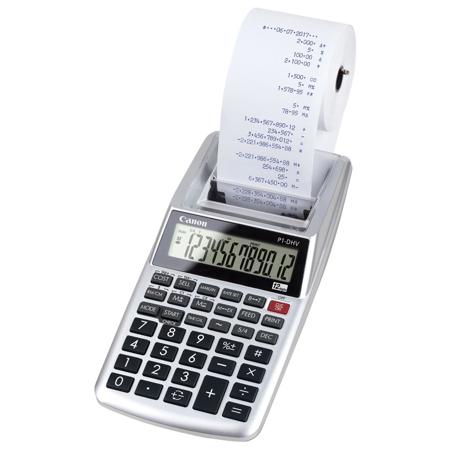
And every paper size seems to be a different shape too. Preparing the image shape to fit the paper shape is necessary, because paper and image are often different shapes.Īspect Ratio is the "shape" of the image - the simple ratio of the images long side to its short side, which is a shape, maybe long and thin, or short and wide. But planning size to have sufficient pixels to be somewhere near the size ballpark of 240 to 300 pixels per inch is a very good thing for printing.Īspect Ratio - a Printing Basic about image "Shape" The one-hour print shops accept larger images, but many machines are set to use 250 dpi.īut this dpi number does NOT need to be exact, 10% or 15% variation won't have great effect. And 300 dpi is likely what you want for a photo copy job. The concept either way is pixels per inch. It's important to realize that an area scanned at 300 dpi will create the pixels necessary to also print the same size at 300 dpi. Scanning to print a copy at the same size is a very common goal. Scanning 10x8 inches at 300 dpi will produce (10 inches x 300 dpi) x (8 inches x 300 dpi) = 3000x2400 pixels. Scanning: It will also show the output image size created if the area is scanned at the dpi resolution.Printing: It will show the required image size (pixels) to print this paper size at the dpi resolution.ģ000x2400 pixels printed at 300 dpi will print.This first simple calculator will serve two general purposes: The simple calculation for that acceptable image size for printing is: And we need to provide the necessary pixels. Different paper sizes are different shape. Sufficient pixels is important, but first cropping the image so that the image SHAPE actually matches the selected paper SHAPE is also a very important concern.

A home photo editor "fit" typically is the opposite by default, not cropping at all, but leaving thin white space in one dimension if it doesn't fit precisely.Įither way, it is good if your plan properly prepares the image for printing. When the print and paper shapes differ, a print shop "fit" typically fills all of the paper, fitting one dimension to leave no unfilled white space border in the other. The image "shape" (which is width / height, called Aspect Ratio) likely rarely matches the paper "shape", which always needs attention first. Images have both size and shape properties. But it will not necessarily fit the paper "shape", which requires cropping attention done by you. This scaling will print at a new dpi which will fit the paper size. This can be borderless if so specified in the printer Properties. However, most photo editors will also provide an option to "Scale to fit media" or "Best fit to page", which will scale the image to fit the specified paper size (similar to the labs above). Hopefully, you have already properly scaled the image for your selected paper size. The dpi number that your digital camera initially stores in the image file is far from meaningful, it is just some arbitrary number, which will print SOME size, but not likely to be your own printing goal. For example, if an image dimension is 3000 pixels, then specifying that file number as 300 dpi printing resolution will print it to be 3000/300 = 10 inches print size (even if the paper is 4圆). But it typically will also allow changing that dpi, called scaling (to fit the paper size). If printing yourself at home, the Print menu in your photo editor normally does use the file's scaled image dpi number (pixels per inch) to size the images on paper (regardless if it matches the paper size at all).But if the provided image shape does not match the paper shape, the excess image outside the paper edges simply disappears, results may not be what you expected. Or, if too small (insufficient pixels provided), the print quality will be lower, and the lab may refuse worst cases. That's not necessarily a problem, except a far too-large image will be slow to upload.

If your image dimensions are too large, the photo shop will first resample it to this smaller requested size. Planning ahead to avoid surprises by first cropping the image to match that paper shape, and also to provide enough pixels so that the result will be 250 to 300 pixels per inch will be a very good plan. If you order 8x10 inches, you will get 8x10 print size. They will ignore your dpi number already in the image file, and will recompute their own necessary "pixels per inch" value, to scale your image to their paper size. The photo printing shops where we order prints will offer a paper size, and will fill that paper with your image.There are two situations when printing images, depending on if print shops or home printing.

The dpi calculator is below, but first, some background concerns.


 0 kommentar(er)
0 kommentar(er)
